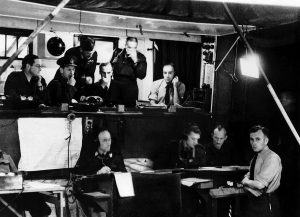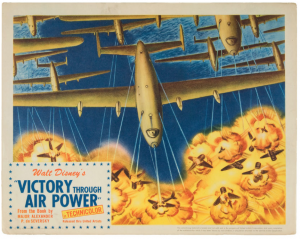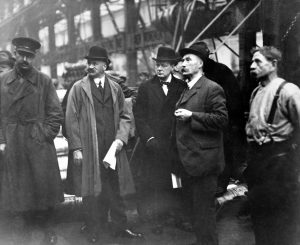
Finest Hour 185
Churchill as Honorary Air Commodore
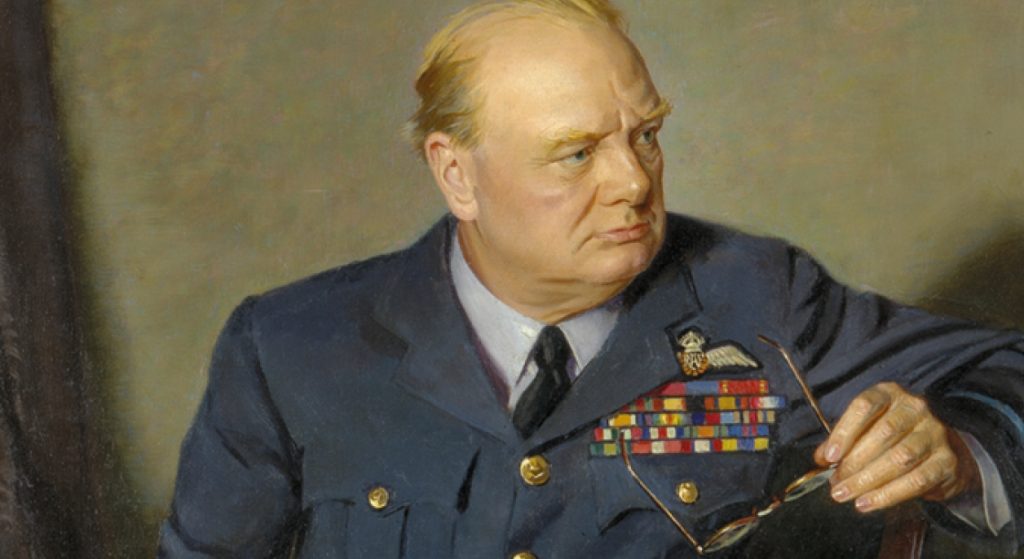
Detail from portrait by Douglas Chandor in US National Portrait Gallery
November 4, 2019
Finest Hour 185, Third Quarter 2019
Page 49
By Paul H. Courtenay
Winston Churchill had a very early connection with military aviation. On being appointed First Lord of the Admiralty in 1911, he was keen to pursue the development of this new invention. He began to take flying lessons in 1912 and was immediately hooked. Although he had many hours’ instruction, he was not allowed to fly solo, so he never qualified as a pilot. He oversaw the official birth of the Royal Naval Air Service (RNAS) in 1914 before leaving the Admiralty in 1915. The RNAS was later merged on 1 April 1918 with the Army’s Royal Flying Corps to create the Royal Air Force (RAF). After keeping the new service supplied with their technical needs as Minister of Munitions in 1917–18, Churchill cemented his close connection with the RAF as Secretary-of-State for Air in 1919–21. As Prime Minister and Minister of Defence from May 1940, he had a direct link to the RAF and its commanders during the critical period of the Battle of Britain and the subsequent need to achieve air superiority in many parts of the world and to take the battle to enemy territory.
The British Army has long had a tradition, particularly (but not exclusively) in cavalry and infantry regiments, of appointing a Colonel of the Regiment; he is not in the chain of command and is often a retired general who had spent his early career in the regiment concerned and now acts as a father figure while keeping an eye on its well-being. In 1941 Churchill himself was appointed Colonel of 4th Queen’s Own Hussars (his own original regiment). Some parts of the Army (specifically reserve units in the Territorial Army, or “TA”) also have an Honorary Colonel; this appointment is no more than a title with no duties whatsoever but acts as a way of maintaining good public relations by nominating a local worthy who will take an interest and pay occasional visits. Churchill held a number of these appointments, most importantly that of Hon. Colonel, 4th/5th (Cinque Ports) Battalion, The Royal Sussex Regiment; he frequently wore its uniform when visiting wartime theatres.
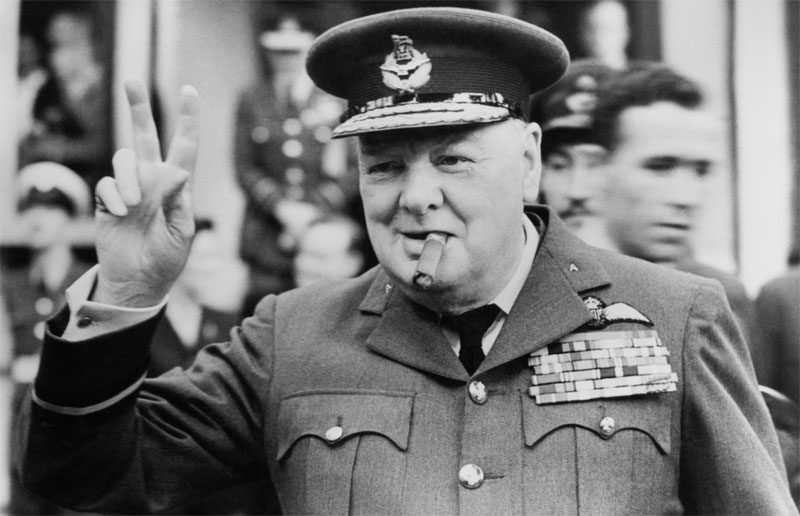
With the creation of reserve squadrons in the Royal Auxiliary Air Force, a similar role to that of an Honorary Colonel in a TA unit was introduced in the rank of Honorary Air Commodore; the latter equates to an Army Brigadier, so is technically one rank senior to a Colonel. In 1939 Churchill was appointed Hon. Air Commodore, No. 615 (County of Surrey) Squadron, Royal Auxiliary Air Force. The squadron was based at Kenley, only about ten miles from Chartwell and therefore easy for Churchill to visit. By 1940 it was operating Hurricanes and Spitfires. It was this uniform that Churchill frequently wore during the Second World War.
On 1 April 1943, the twenty-fifth anniversary of the creation of the RAF, the Air Council with the King’s approval awarded honorary wings (the flying badge of the Royal Air Force) to the Prime Minister. Churchill acknowledged this honour in the following letter to Air Marshal Sir Bertine Sutton, Air Member for Personnel:

2025 International Churchill Conference
Dear Air Marshal Sutton,
I take it as a high compliment that the Air Council should wish to give one of their honorary air commodores his honorary wings. I value this distinction the more because it comes to me on the twenty-fifth anniversary of the formation of the Royal Air Force. My memories go back six years earlier, when, in 1912, as First Lord of the Admiralty, I began to cherish the Royal Naval Air Service.
I consider that Marshal of the Royal Air Force Lord Trenchard is the founder of the Royal Air Force. He it was who proposed to me, when I was Air Minister in 1919, that Mesopotamia should be held by air power, thus releasing a number of army divisions, which cost us £40,000,000 a year to maintain in that country. This proved, in a manner patent to all intelligent minds, the immense part which the air would play not only in war but in peace.
Since those now distant days, we have had the epic of the Battle of Britain upon which, under Providence, the freedom of the world, perhaps for several generations, was staked. The name of Sir Hugh Dowding is linked with this historic episode.
At this moment we may say without vanity that the Royal Air Force—taken for all in all—is “Second to None.” At this moment it is the spearpoint of the British offensive against the proud and cruel enemy who boasted that he would “erase” the cities of our native land, and hoped to lay all the lands under his toll and thrall. As the world conflict deepens, the war future of the Royal Air Force glows with a still brighter and fiercer light.
I am honoured to be accorded a place, albeit out of kindness, in that comradeship of the air which guards the life of our island and carries doom to tyrants, whether they flaunt themselves or burrow deep.
Winston S. Churchill
Images of Churchill in RAF uniform without wings (see cover) or with (as seen here) denote whether they were made before or after 1 April 1943.
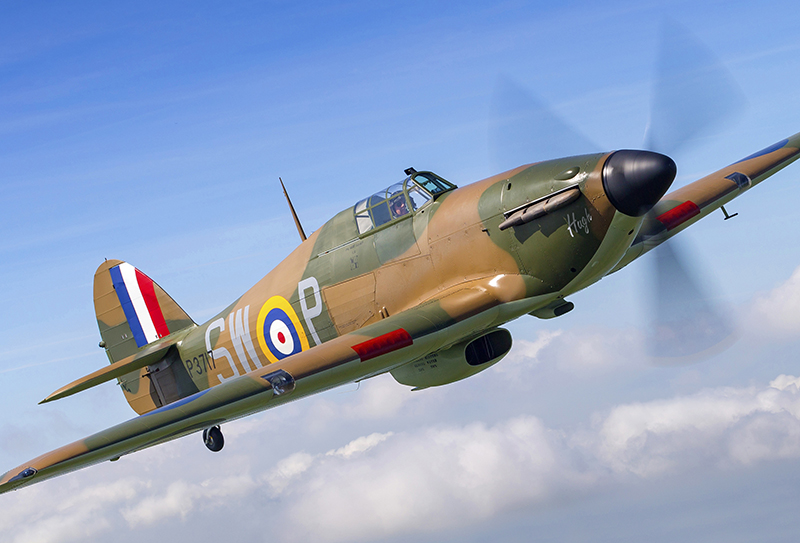
Subscribe
WANT MORE?
Get the Churchill Bulletin delivered to your inbox once a month.

